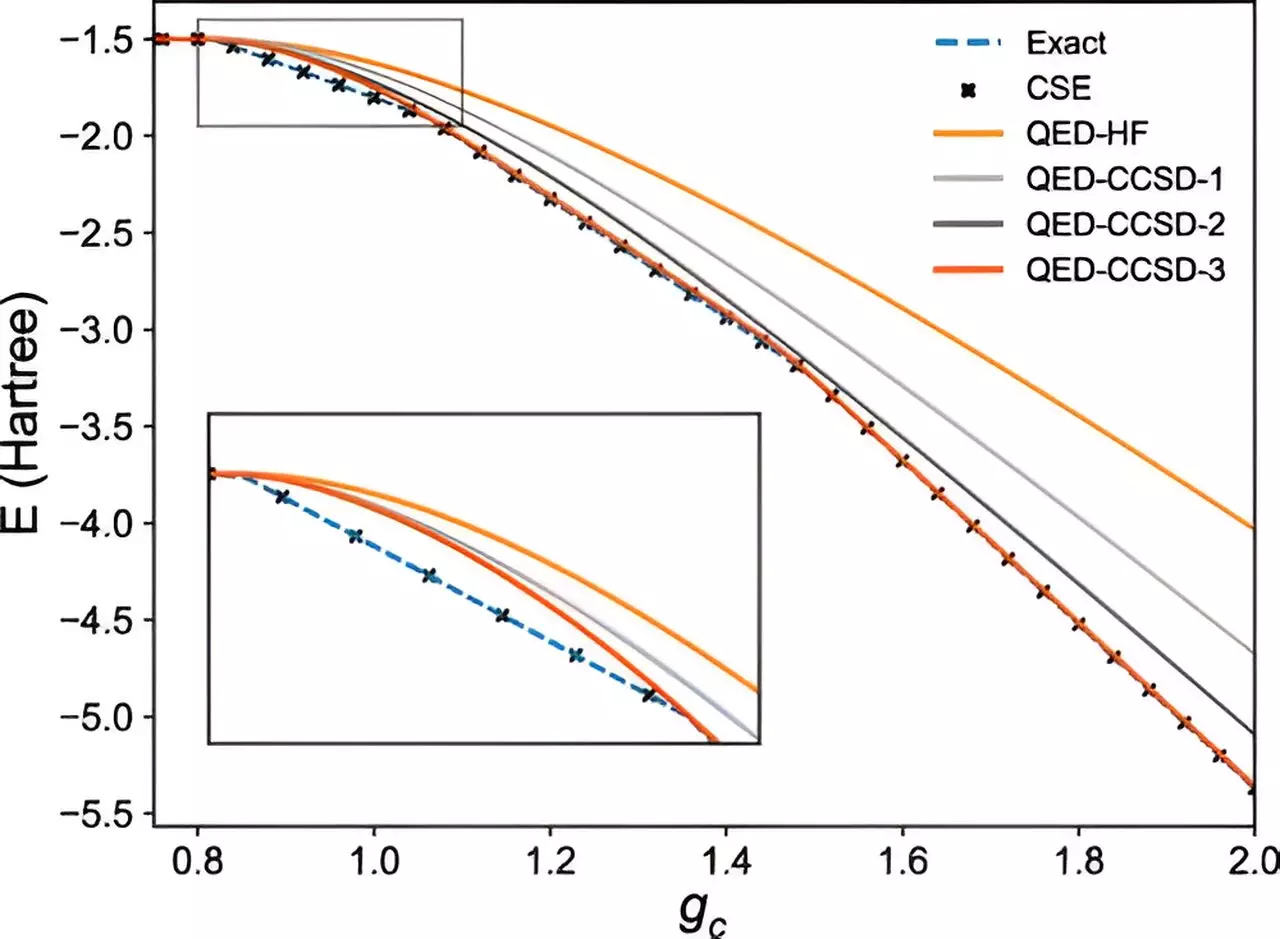The realm of quantum physics continues to push boundaries and challenge traditional understandings of matter and energy. A recent study conducted by the University of Trento in collaboration with the University of Chicago has sparked significant interest in the field of quantum interactions. This study proposes a groundbreaking approach to the interactions between electrons and light that could potentially revolutionize quantum technologies and lead to the discovery of new states of matter.
The Significance of Understanding Quantum Interactions
Understanding the intricate interactions between quantum particles is essential for exploring new molecules and materials with potential applications in various technological and medical fields. When molecules or chemical compounds come into contact with light, their physical properties undergo significant changes. The emerging field of polaritonic chemistry aims to leverage these light-induced changes to catalyze new chemical reactions. By controlling light-matter interactions, researchers can manipulate and synthesize novel quantum matter, opening up a realm of possibilities for scientific exploration and innovation.
Navigating the complexities of quantum systems, which involve a multitude of different elements such as electrons, photons, and phonons, poses a significant challenge. Calculating the wave function of such intricate systems, which contains essential physical information for predicting the behavior of multiple types of quantum particles, is a daunting task. Researchers face the challenge of developing theoretical frameworks and computational tools that can accurately model and analyze these complex quantum interactions.
A group of researchers from the University of Chicago, spearheaded by Carlos Leonardo Benavides-Riveros and David A. Mazziotti, has made significant contributions to the field of quantum interactions. They have introduced a novel theoretical prescription, known as an “ansatz,” to predict interactions within many-body quantum systems on quantum computers. This approach has been expanded to encompass systems containing multiple types of quantum particles, such as electrons, photons, and phonons. By simulating a universal quantum algorithm on an IBM quantum computer with zero theoretical error, the researchers have demonstrated the potential of their approach to generate exact wave functions for complex quantum systems.
The innovative research conducted by Benavides-Riveros, Mazziotti, and their team has profound implications for the future of quantum technologies. By integrating multiple types of quantum particles into their computational models, researchers can gain a deeper understanding of the wave function structures and physical properties of quantum systems. This advancement not only paves the way for more accurate predictions and analysis of quantum interactions but also opens up new avenues for exploring the diverse states of matter.
As we delve deeper into the realm of quantum physics, innovative research and groundbreaking discoveries continue to reshape our understanding of the fundamental interactions between particles and light. The work conducted by the University of Trento and the University of Chicago exemplifies the power of interdisciplinary collaboration and innovative thinking in advancing the boundaries of quantum technology. By leveraging quantum computers and developing novel theoretical frameworks, researchers are unlocking new possibilities for exploring complex quantum systems and driving future advancements in science and technology.


Leave a Reply